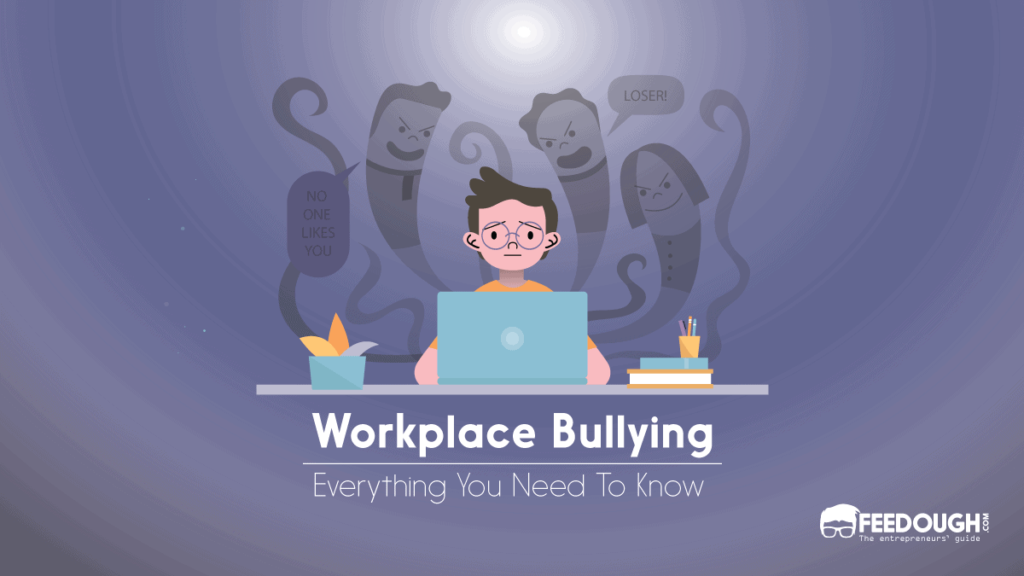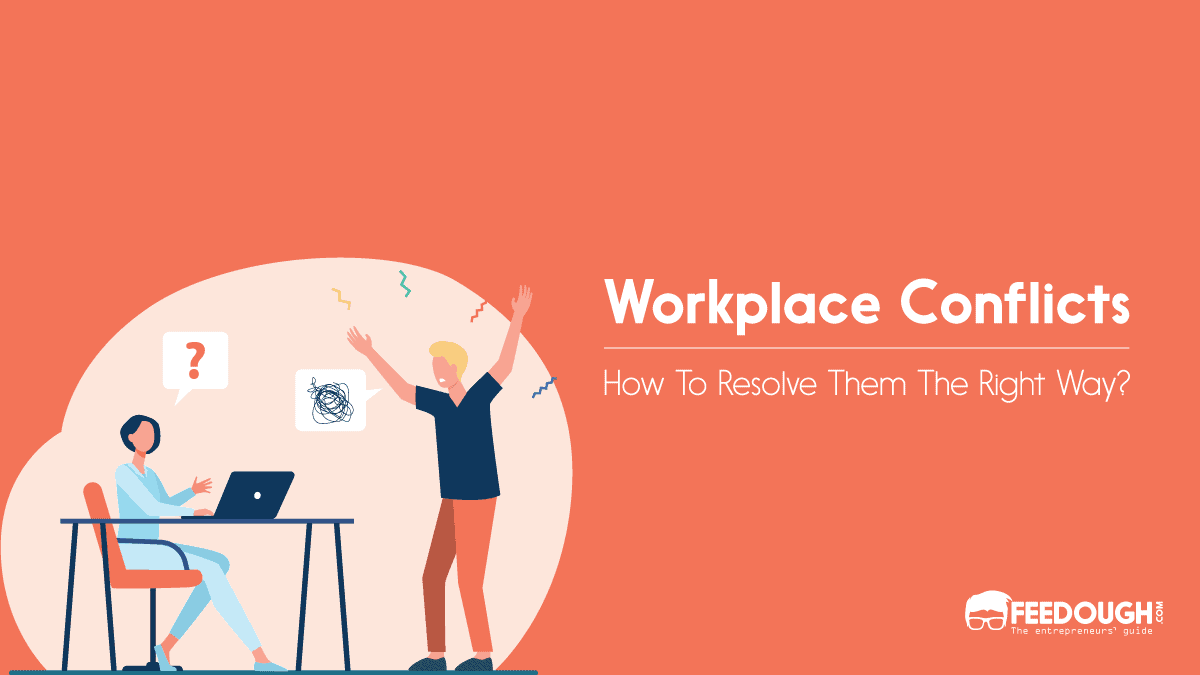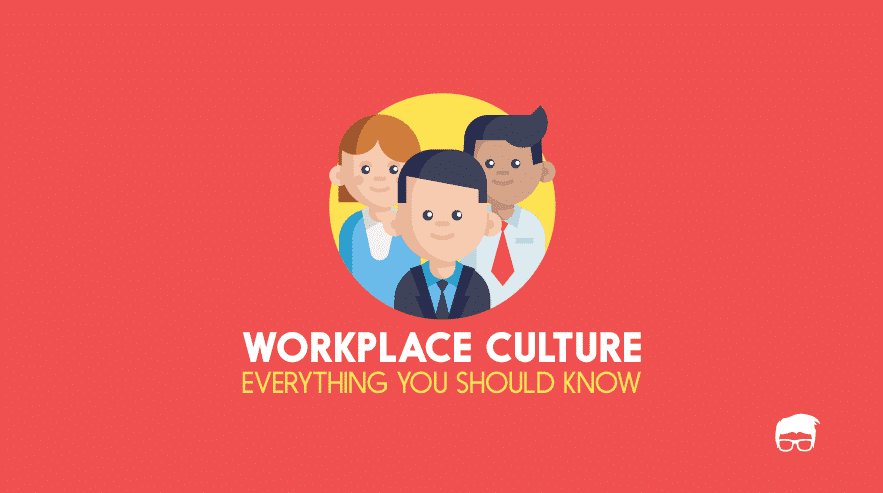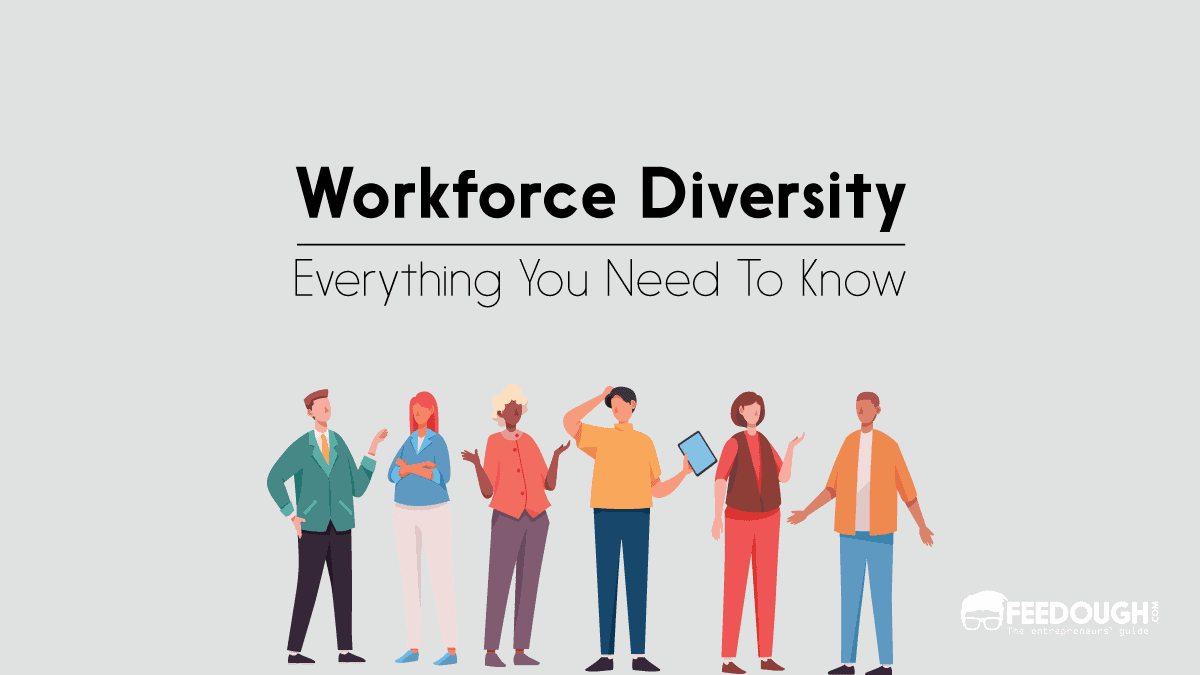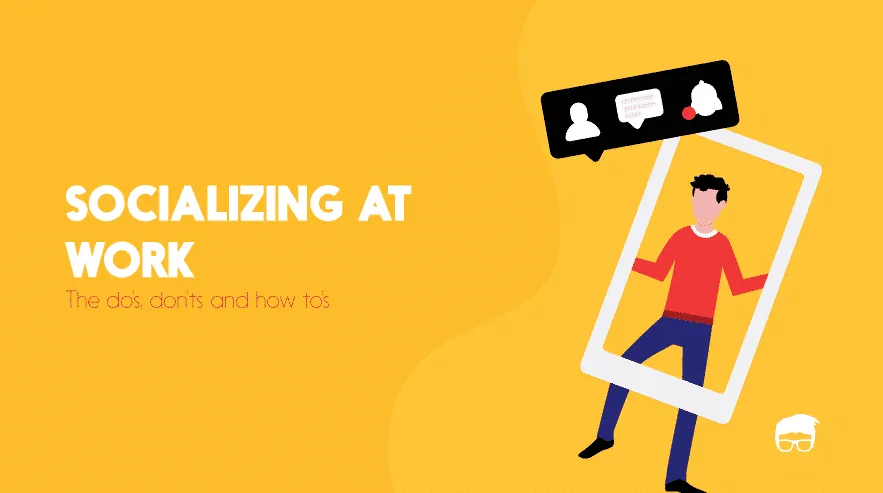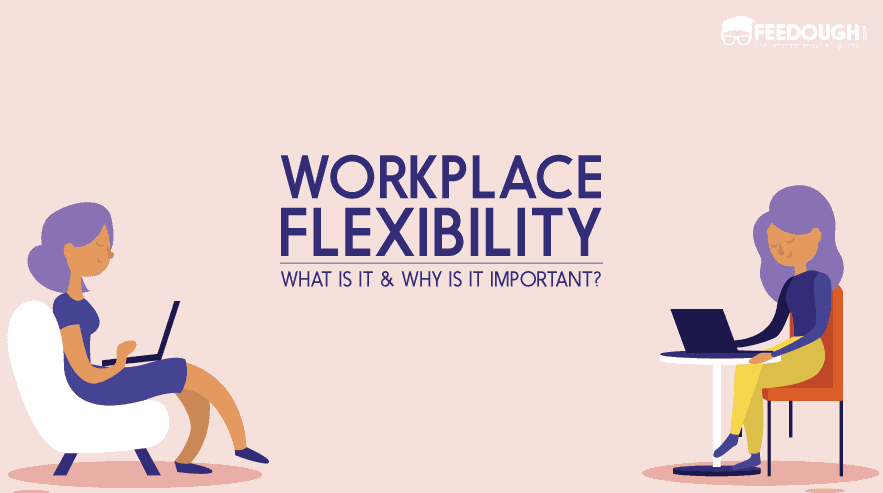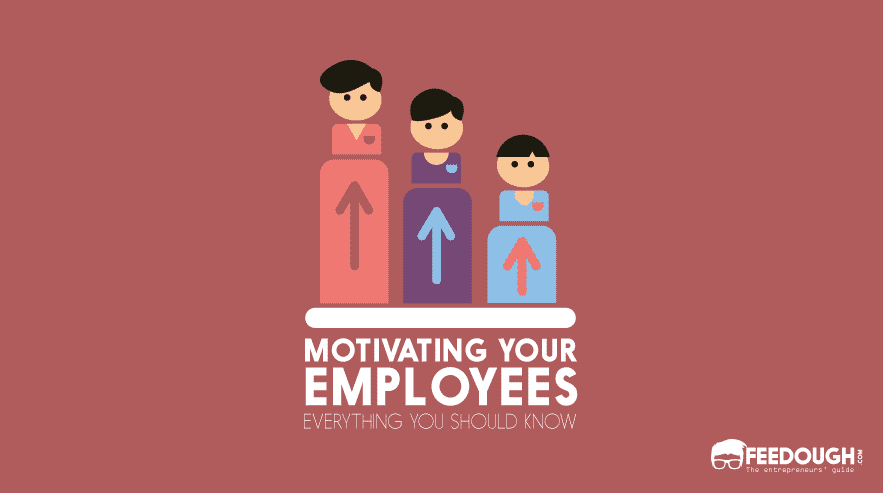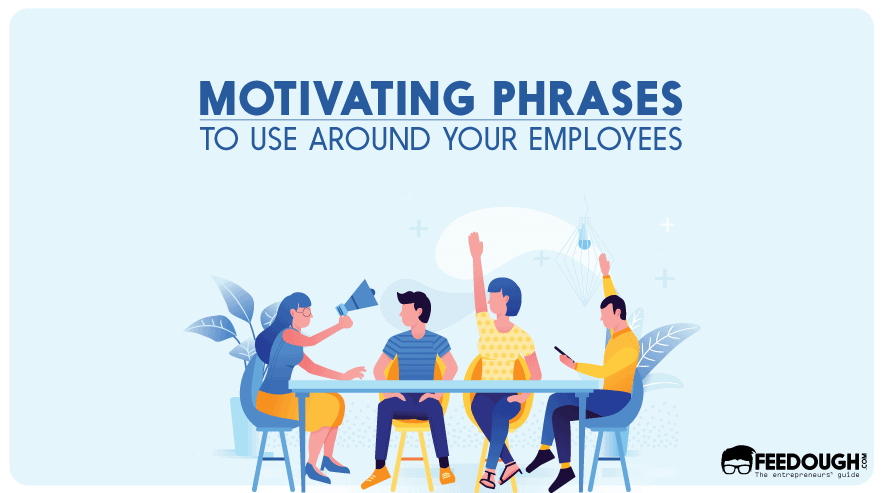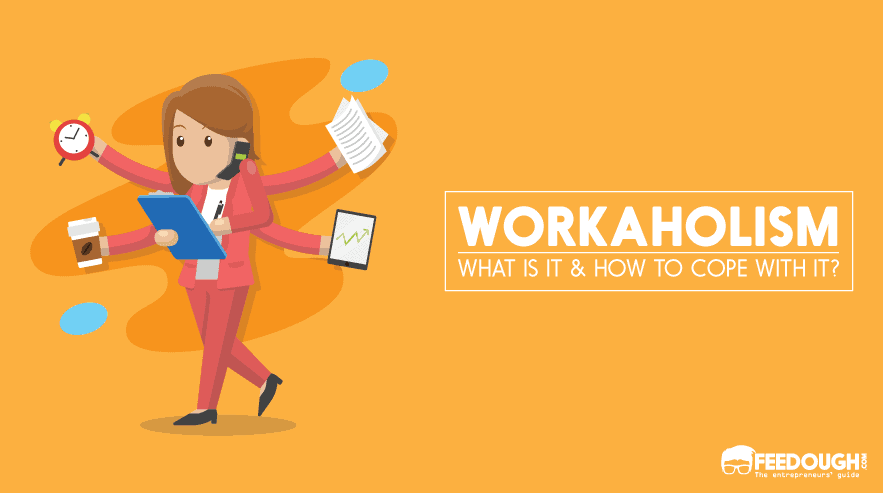Work dynamics are always bound to be complex. And while we may all hope that our place of work is a harmonious and welcoming environment, the unfortunate reality is that sometimes unpleasantness and conflict can arise.
Of all the types of workplace conflict, bullying may be the most insidious and destructive. It can cause emotional pain and distress, lead to job loss, and even affect physical health.
But what is workplace bullying, exactly? What are the different types of behaviour that can fall under this umbrella? And most importantly, how can you recognise and manage it if it happens to you or someone you know?
What Is Workplace Bullying?
Workplace bullying is repeated, unwanted, and unreasonable behaviour involving real or perceived power imbalance at the workplace directed towards a worker or group of workers that can cause them physical or psychological harm.
To be considered workplace bullying, the behaviour must satisfy all three of these criteria:
- It is repeated,
- It is unwanted,
- It is influenced by real or perceived power imbalance.
It’s important to note that workplace bullying is different from aggression or violence, which are isolated incidents that involve the threat of physical harm. Workplace bullying is a repeated pattern of behaviour that is intended to intimidate, degrade, humiliate, or isolate a worker.
It can take many forms, including verbal abuse, threats, intimidation, ridicule, and humiliation. It can also involve social isolation, sabotage, and exclusion.
What Qualifies As Bullying In The Workplace?
Workplace bullying can be physical, verbal, or psychological. It can take place in the office, virtually, or even outside of work hours and locations.
Whatever the case may be, workplace bullying includes any behaviour that meets the following criteria:
- Verbal abuse: This includes yelling, name-calling, insulting, or demeaning remarks.
- Intimidation: This includes any behaviour that makes the target feel scared, threatened, or uncomfortable. This could be making threatening gestures, staring, or using physical intimidation such as invading personal space.
- Ridicule and humiliation: Making fun of someone, mocking them, or embarrassing them in front of others.
- Isolation and exclusion: Intentionally excluding someone from work-related activities or social events.
- Sabotage: This includes undermining a person’s work performance by setting them up to fail, withholding information they need to do their job, or deliberately giving them incorrect information.
Besides this, bullying can be classified into three types depending upon who’s bullying whom.
- Client bullying: When clients or customers bully employees. For instance, a customer might repeatedly make unreasonable demands or verbally abuse a staff member. This results from the power imbalance between the customer (who pays) and the employee (who works).
- Managerial bullying: When a manager bullies a subordinate. For instance, a manager might make unreasonable demands, give unrealistic deadlines, or micromanage an employee’s work.
- Peer bullying: When co-workers bully a worker of the same rank. For instance, colleagues might make fun of each other, spread rumours about each other, or deliberately exclude someone from work-related activities or social events.
Characteristics Of Workplace Bullying
Certain characteristics are common in workplace bullying situations. Here are some of them:
- Inequality: There is a power imbalance between the bully and the target. The bully has more power in terms of job status, seniority, or even physical size.
- Frequency and duration: The bullying behaviour is repeated over time. It might happen daily or even several times a day.
- Apparent intent: The bully seems to be intentionally targeting the victim.
- Impact on the target: The bullying behaviour causes physical or psychological harm to the victim.
Consequences Of Workplace Bullying
Workplace bullying can have serious consequences for both the victim and the organisation as a whole.
It’s Not Just Limited To The Target
While it’s easy to think of workplace bullying as something that only affects the target, the truth is that it can have a ripple effect throughout the entire workplace.
Witnesses of bullying behaviour can experience psychological distress, including anxiety, depression, and feelings of powerlessness. They may also become targets themselves.
In fact, research has shown that workplace bullying can lead to decreased productivity, increased absenteeism, higher turnover rate, and compromised workplace culture.
It’s Not Just Limited The Workplace, Either
While the consequences of workplace bullying are mainly felt at work, they can also spill over into other areas of a person’s life.
For instance, someone bullied at work may start to experience anxiety or depression. This, in turn, can lead to problems at home, such as marital conflict or difficulty bonding with their children.
Workplace bullying can also have an impact on physical health. Victims of workplace bullying are more likely to experience sleep problems, headaches, and gastrointestinal issues.
How To Recognise Workplace Bullying
If you think you might be the victim of workplace bullying, there are some signs to look out for.
- If it’s repeated: Bullying behaviour is usually repeated or habitual. If you find yourself in a situation where you’re regularly singled out for negative treatment, it might be workplace bullying.
- If it’s unfair: Workplace bullying is usually characterised by an unfair power imbalance. If you’re being targeted by someone who has more power than you do, it’s likely workplace bullying.
- If it’s making you feel bad: One of the clearest signs that you’re being bullied at work is if the behaviour negatively impacts your mental or physical health. If you’re feeling stressed, anxious, or depressed due to the way you’re being treated at work, you’re likely being bullied.
Workplace Bullying Examples
Workplace bullying comes in many different forms. Here are some examples:
Consider a scenario where a manager is constantly micromanaging an employee’s work, demanding that they redo tasks that have already been completed to perfection, and giving them unrealistic deadlines. The manager can even bully the employee by intentionally not disclosing important information that they need to do their job properly, just to make things more difficult.
In another scenario, an employee might be repeatedly excluded from work-related activities or social events by their colleagues because they’re seen as different or strange.
Or, maybe a worker is the victim of verbal abuse, such as being called names, threatened, or ridiculed in front of others.
In yet another example, an employee might find that rumours are being spread about them or that their personal belongings are being sabotaged.
What To Do If You’re Being Bullied At Work
If you think you might be the victim of workplace bullying, there are some steps you can take to address the issue.
- Talk to someone: The first step is to talk to someone about what’s going on. This could be a friend, family member, or even a counsellor. Talking about your experiences can help you to make sense of what’s happening and figure out how to deal with it.
- Keep a record: It can also be helpful to keep a record of the incidents that occur. This could be a documentation of events, a journal, or physical evidence like emails, voicemails, or videos. This can be helpful in two ways. First, it can help you to give a detailed explanation of what happened and when. Second, it can be used as evidence if you decide to take further action.
- Confront the bully: It might be appropriate to confront the bully directly in some cases. This is usually only advised if you feel safe doing so and if you have someone to support you. Be sure to do this calmly and professionally.
- Review work policies: You can also consider reviewing your organisation’s anti-bullying policies. This can help to understand how to report the issue properly and what steps will be taken to address it.
- Report it: If you feel unsafe or uncomfortable addressing the issue yourself, you can also report it to your supervisor or the HR department. Know that it’s their responsibility to make you feel safe in the workplace and address the situation.
- Take legal action: There are cases where your job can be at stake or where workplace bullying takes the route of harassment. If this is the case, you may need to take legal action. Consult a lawyer to find out what your options are.
Workplace bullying is a serious issue that can have a negative impact on both the victim and the organisation as a whole. If you think you might be the victim of workplace bullying, know that it’s the organisation’s responsibility to address the issue. If they don’t, know that there are legal options available to you.
The Role Of Organisation In Handling Workplace Bullying
Organisations are responsible for providing a safe and healthy work environment for their employees. This includes taking steps to prevent and address workplace bullying.
Here are some things that organisations can do to handle workplace bullying:
- Develop policies: The first step is to develop policies that prohibit workplace bullying and outline the consequences for those who engage in it.
- Train staff: Staff should be trained on identifying and reporting workplace bullying. They should also be given information on the organisation’s policies and procedures for addressing it.
- Investigate allegations: Upon receiving a workplace bullying report, the organisation should investigate the allegations. This should include talking to both the victim and the bully.
- Take action: If the allegations are found to be true, the organisation should take appropriate action. This could include disciplinary action or even termination.
Organisations exist because of their people. To be successful, they need a healthy and productive workforce. This means creating a safe and inclusive environment where employees feel comfortable speaking up about any issues they’re experiencing. Workplace bullying is a serious issue that impacts the overall health of an organisation. By taking steps to address it, organisations can create a better environment for their employees and help to ensure the success of the business.
Go On, Tell Us What You Think!
Did we miss something? Come on! Tell us what you think about our article on workplace bullying in the comments section.
A startup consultant, digital marketer, traveller, and philomath. Aashish has worked with over 20 startups and successfully helped them ideate, raise money, and succeed. When not working, he can be found hiking, camping, and stargazing.
